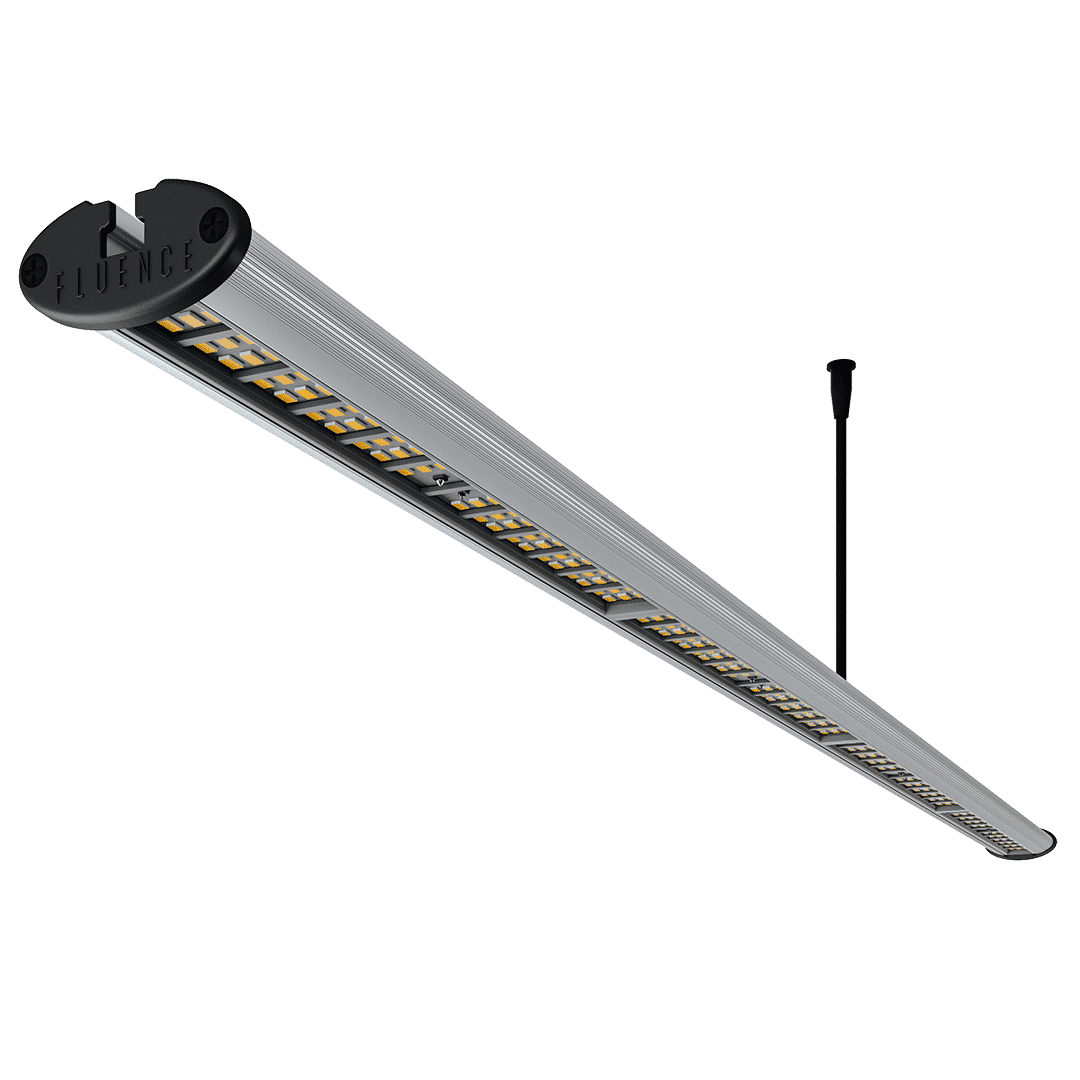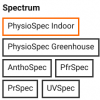Apostatize
Well-Known Member
I'm thinking lights that run the coolest are the most conducive to vertical growing on two shelves, one on top of the other. Shorter distance from light to canopy, less space. AC and fans help, but ... start cool, less effort to remain cool. That's been my experience.
Thread goal: a short list of recommendations. I can compare them (size, stats, price, diodes). I'm anticipating bar light suggestions, but am open to surprises. Seeking suggestions for lights you'd use in bloom, not shit Amazon lights or lights designed for veg/seedlings. Currently run 66" Fluence bar lights, they run pretty cool.
Thread goal: a short list of recommendations. I can compare them (size, stats, price, diodes). I'm anticipating bar light suggestions, but am open to surprises. Seeking suggestions for lights you'd use in bloom, not shit Amazon lights or lights designed for veg/seedlings. Currently run 66" Fluence bar lights, they run pretty cool.










